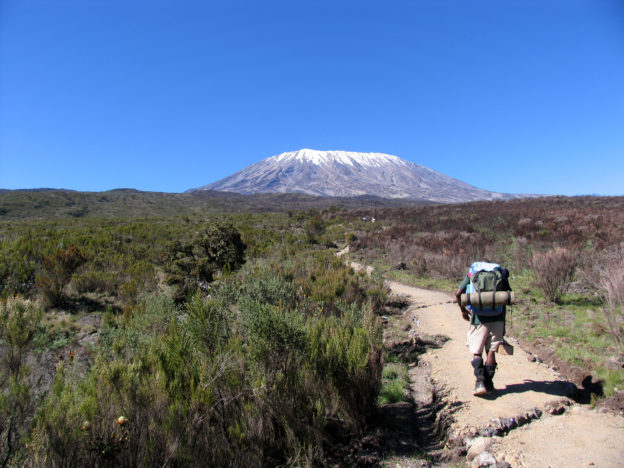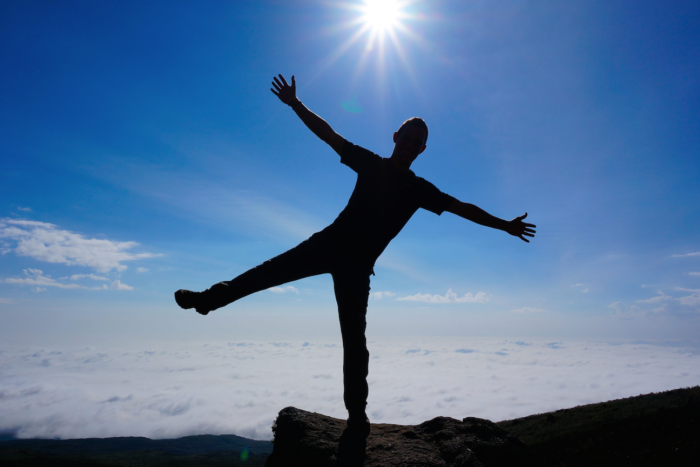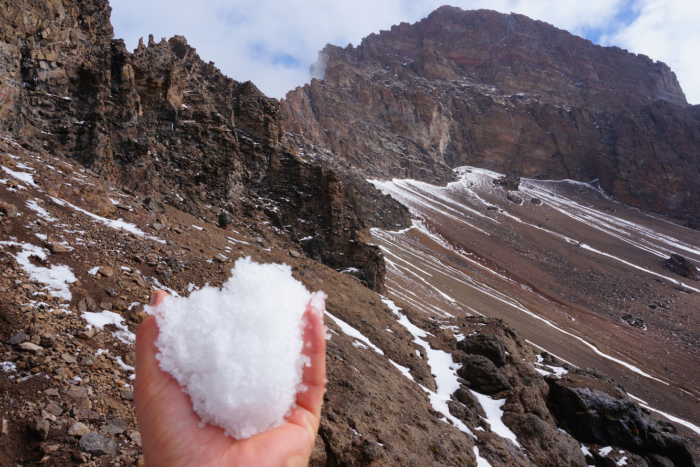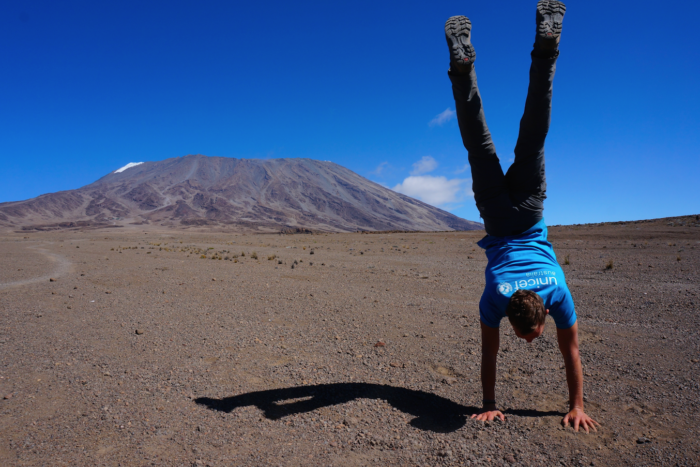Mercedes Carrion
Cause: UNICEF
Adventure: UNICEF Kilimanjaro Climb for Kids
As our Fundraiser of the Month, Mercedes has scored herself a $50 donation to her fundraising page. To be our next month’s winner, make sure you’re uploading your journey to social and use the hashtag #IveBeenInspired.
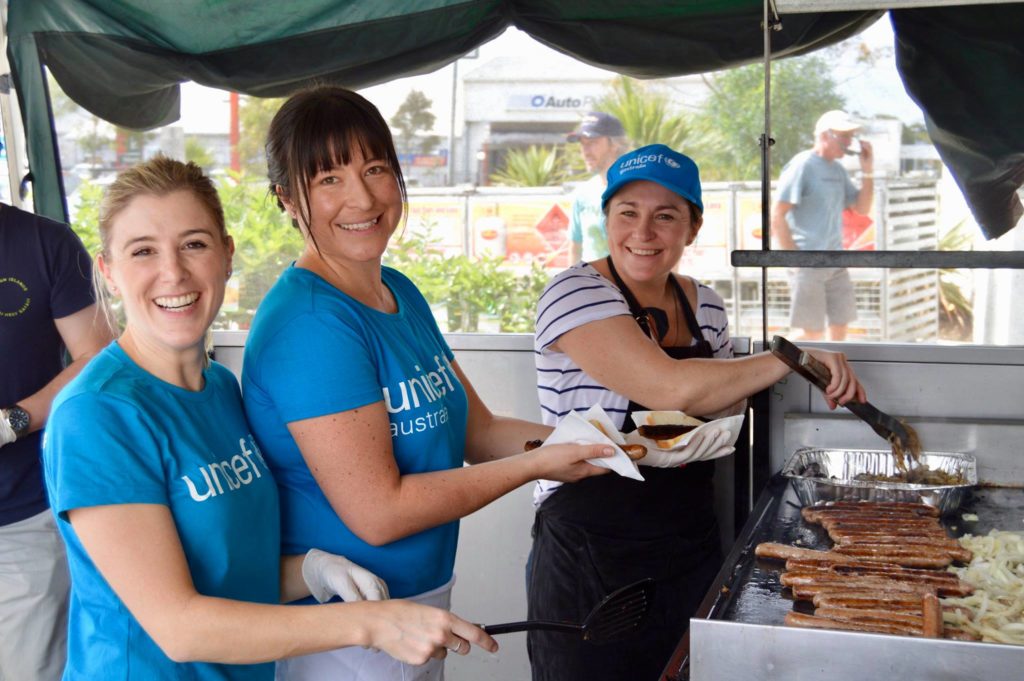
What inspired you to take on your adventure challenge with UNICEF Australia?
I have been lucky enough to travel to many countries in my life so far, but never have I encountered such generosity of spirit, and just a sense of pleasure for life than within the African people. I fell utterly in love with the continent and its people and vowed to one day go back to Tanzania and summit Mount Kilimanjaro.
My trekking buddy, Jihan Rome, who is also coming on this hike has a passion for helping people (although I think it’s less “passion” and just that she’s a genuinely kind human!), and together with our enjoyment of hiking, we paired all our ideas together and climbing Kilimanjaro for UNICEF with Inspired was the result!
How are you feeling about the challenge ahead? Have you ever been to Africa before? Or done any similar mountain treks?
In short, terrified but elated!
My previous trip to Africa was a one month camping safari from Johannesburg to Nairobi with one of my best friends. We saw the big 5 in Kruger, I jumped into the devils pool at Victoria Falls, snorkelled off Zanzibar island and spent some incredible days volunteering at a school in Zambia with kids who just adored cricket! The continent is filled with such kind people and stunning scenery – it was magic!
I’ve done some significant multi-day hikes throughout Nepal and Peru, and whilst wonderful, none sit as close to my heart as climbing Kili.
What have been some of the highlights of your fundraising experience so far?
The people! People are just magnificent aren’t they?! Jihan and I have held multiple cake stalls and Bunnings sausage sizzles, and we’ve had literally hundreds of strangers give us additional cash donations, provide words of encouragement, or share stories of similar feats of accomplishment. Both Jihan and I have gotten to the end of a long day fundraising, and thought “faith in humanity restored”, and what more could you hope for?
"I read a great quote by Nelson Mandela recently – “It always seems impossible until it’s done”. I feel that way now about both our fundraising efforts and the physical challenge of the climb ahead."
What have been your biggest challenges in taking on an Inspired Adventure? How did you overcome this?
As a team, Jihan and I set ourselves the goal of raising $10,000. I was worried this was unachievable and didn’t want to set ourselves up for failure. I read a great quote by Nelson Mandela recently – “It always seems impossible until it’s done”. I feel that way now about both our fundraising efforts and the physical challenge of the climb ahead.
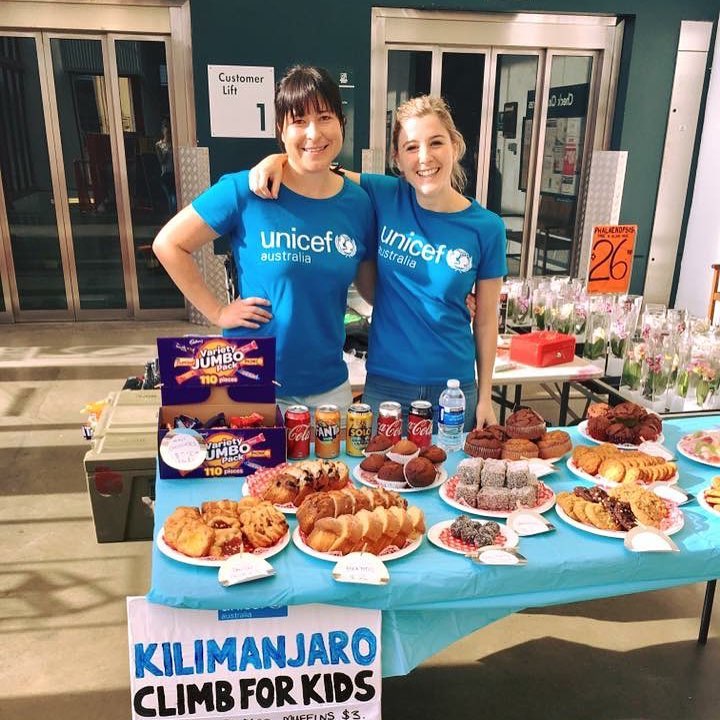
Have you noticed any changes or transformation in your life since signing up for the challenge?
Since joining Inspired Adventures it’s been incredible to meet other like minded people who are just kicking goals and achieving great things in life. It’s empowering and inspiring to be around positive, motivated, compassionate people. I’m also super proud of my fundraising buddy Jihan, who has been an absolute trooper with organising fundraising activities, training hikes, rallying support for our cause, and being generally awesome – so much love to her!
What are you most looking forward to about your upcoming challenge?
Being back in one of my favourite places, with some wonderful people who share a common desire to make the world a better place – and have some great adventures along the way!
What advice would you offer to other people looking to complete a challenge like this?
Just sign up. Making the decision to partake is the most challenging part. Everything since has been so much fun. I’ve made some great friends, gotten fitter along the way, and enjoyed being part of something that can help facilitate a real change in people’s lives.

Become our Fundraiser of the Month to win a $50 donation to your fundraising page!
Take a picture whilst fundraising for your adventure and use the hashtag #IveBeenInspired and your adventure hashtag. The most exciting use of the hashtag, with a fundraising focus will be our Fundraiser of the Month – it’s that easy!
![]() @INSPIREDADVENTURES
@INSPIREDADVENTURES
[mgl_instagram_user username=”inspiredadventures” cols=”6″ number=”6″]

